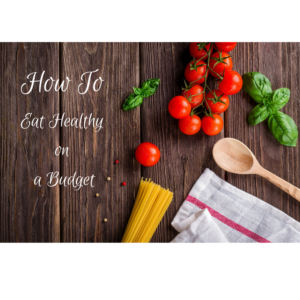
Spring and summer are my favorite seasons because the flowers are blooming, the semester comes to an end, the sun is always out, and it’s berry season! Eating fruits and vegetables when they are in season is good for the environment and you’ll probably like the taste
better too!
Eating fruits and vegetables in seasons is also easy on your wallet. Head to a local farmer’s market you’ll be able to get lots of fresh produce at a great price!
Look for these spring fruits and vegetables for the best flavor:
Arugula, asparagus, beets, carrots, cherries, kale, peas (snow peas, snap peas), spring onions, strawberries and turnips.
Look for these summer fruits and vegetables for the best flavor:
Fruits and vegetables in season in the summer:
Cucumber, blueberries, raspberries, blackberries, strawberries, bell peppers, corn, arugula, peaches, tomatoes, plums, nectarines, and summer squash.
These are just a few of a long list of fruits and vegetables in season during this time. Check out your local farmers market this spring and summer to see what is offered.





